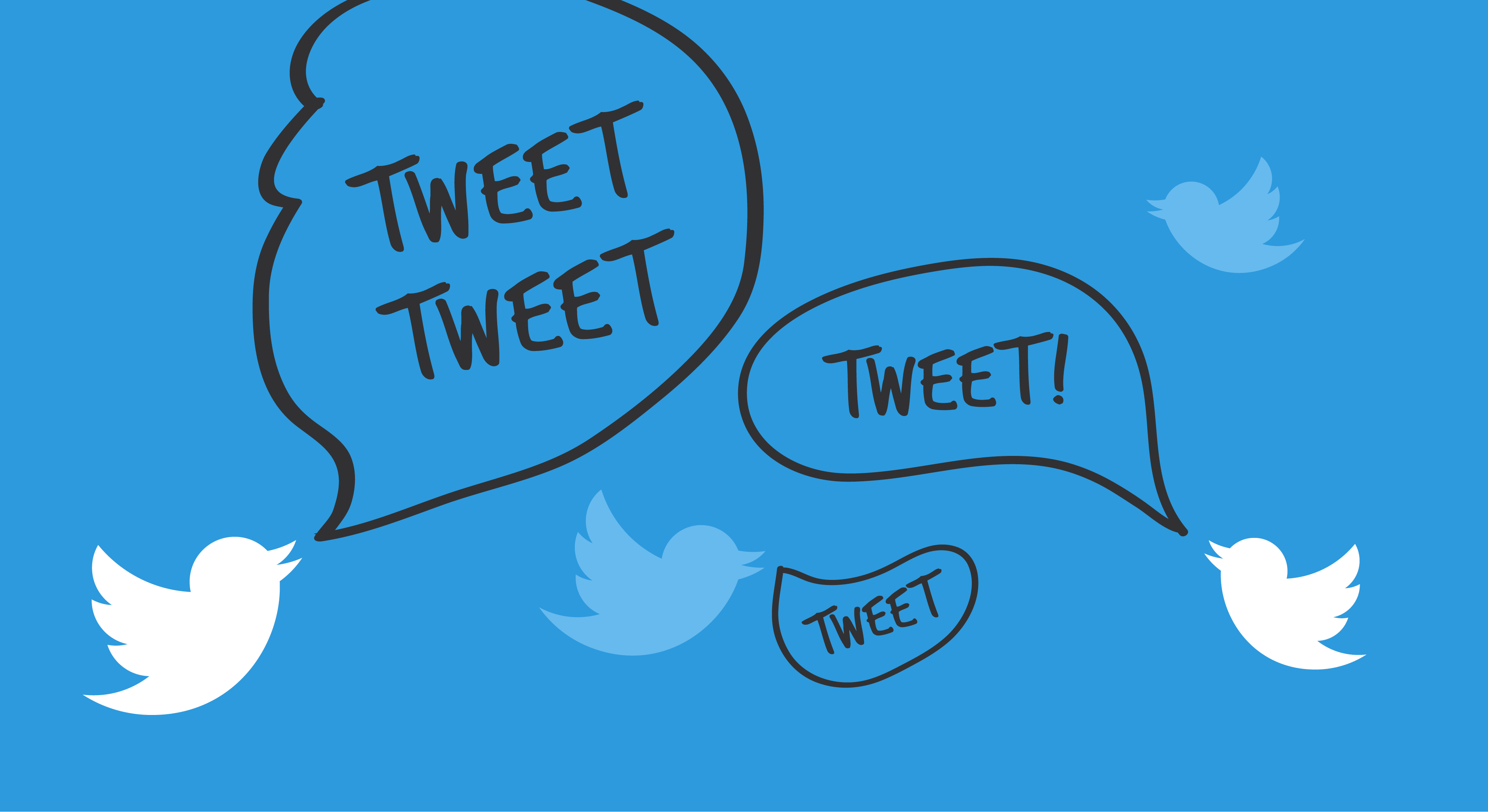In a perfect world, we would have months to prepare for an event. We would have nicely organized lists, a smooth process, an effective team and no stress.
But, as most marketers know, this is not a perfect world. Sometimes, plans get derailed and communication breaks down. Sometimes, an opportunity for an event comes up at the last minute. And sometimes, we’re just plain too busy to think that far ahead.
If you’ve ever put on an event – last minute or not – you know that it is essential to get the word out among potential attendees, so that the conference halls aren’t empty on the day-of. And this can be an extra challenge when you’ve only got days – not weeks or months – to raise awareness.
Here are seven tips for using Twitter to promote your last-minute event:
1. Leverage your partner network
Remember all of those retweets, shares and favors you did for friendly businesses and organizations? Now is the time to cash those favors in.
You probably have a list (even if it’s just in your head) of the organizations that you tweet to regularly. And better yet, another list of your partners, vendors and other friendlies – whether you’ve engaged with the on Twitter or not.
Ask these organizations to share your event on their Twitter account. Most will happily support you, but they won’t know what to tweet unless you give them great guidance. Don’t forget to include the date, start time, location and relevant hashtags or promotions when asking them to help you promote your event.
2. Reach out to influencers
Just like partners and friendly organizations, influencers in your space can help you reach a wide, targeted audience for your event.
Influencers are the individuals who have a lot of sway with your target audience. You might not know them directly, but it doesn’t hurt to ask if they will help spread the word.
Tip for reaching out to influencers: If you don’t already have a relationship with them (and even if you do), it’s a good idea to make sharing your event as easy as possible. Send them an email with several pre-written tweets, so they can copy+paste if they choose.
3. Don’t dilute your hashtag
Hashtags are the absolute best way of organizing the conversations that happen before, during and after your event on Twitter, so pay attention when creating yours. It can be tempting to develop hashtags for promotion, hashtags for event discussion, even hashtags for individual panels… but this will dilute the conversation. Keep it simple, and stick with one.
4. Offer incentives
OK, it’s a last-minute event. People might already have plans. So how do you get them to commit? Offer incentives! You can tweet about door prizes, raffles, and other great stuff that attendees could win if they show up. Or, create special Twitter-only deals (like 20% off at a local restaurant for lunch) to encourage them to share and attend.
5. Stick with a single message
There are probably lots of reasons why your event is going to be great. Awesome keynote speaker? Great networking opportunities? Cool vendors? Since you’re working with limited time, you should choose just one feature to really hammer home on Twitter.
Tweeting too many “benefits” at once will confuse your audience and dilute your message. You’ll get better reception if you highlight a single feature, and mention the others more subtly or less often.
6. Share lots of images
Twitter is a visual network. Tweets with images appear larger in people’s timelines, and see more engagement across the board. So by including images in your event promotion tweets, you’ll stand a better chance of being seen and engaged with.
There are plenty of images you can include. Have you hosted a past event? Real-world photos of the crowd, vendors and speakers would be great. If not, no problem. You can create custom graphics using a service like Snappa, or use stock photography.
7. Create a sense of urgency
Last but not least, make sure your audience knows that time is running out for them to get their ticket to your event! This sense of urgency is very real for you, as you are promoting last minute, but make sure you tweet about the urgency as it relates to your audience. What will they miss out on if they don’t attend?
You can do a countdown to the day of the event, tweeting one feature or promotional point each day. Or, offer last-minute deals on accommodations, restaurants or local attractions. Anything that builds urgency will work.
Have you promoted an event last-minute using Twitter? What worked for you? Share in the comments below!
Photo credit: Media Evolution via Visual Hunt / CC BY-SA
Powered by WPeMatico












